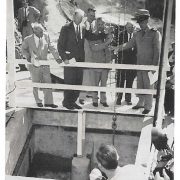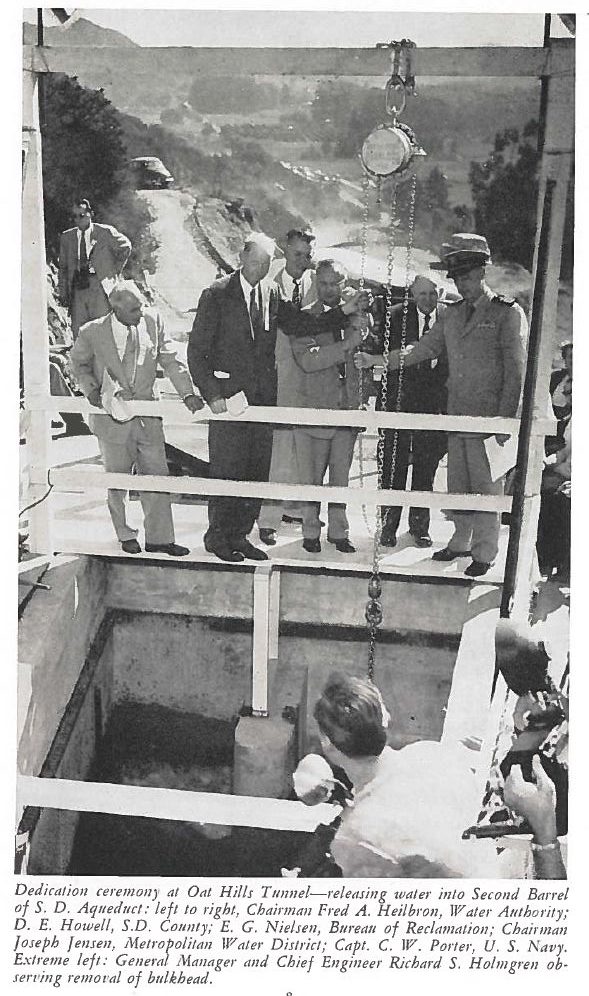CWA Approves Water Service Agreement With Sycuan
The San Diego County Water Authority approved a water service agreement with the Sycuan Band of the Kumeyaay Nation.
The SDCWA approved the agreement on a July 26 board vote with no opposition and Padre Dam Municipal Water District general manager Doug Wilson, who is Padre Dam’s representative on the CWA board, recusing himself.




